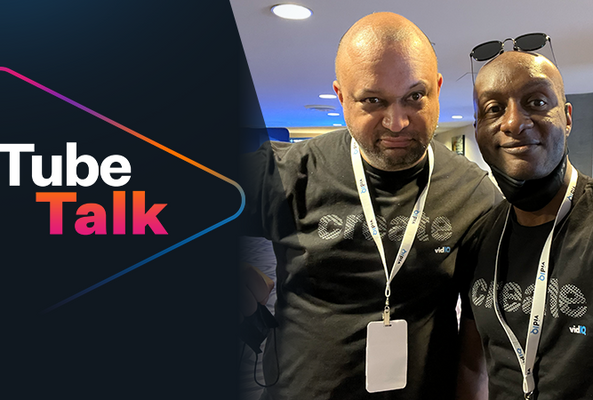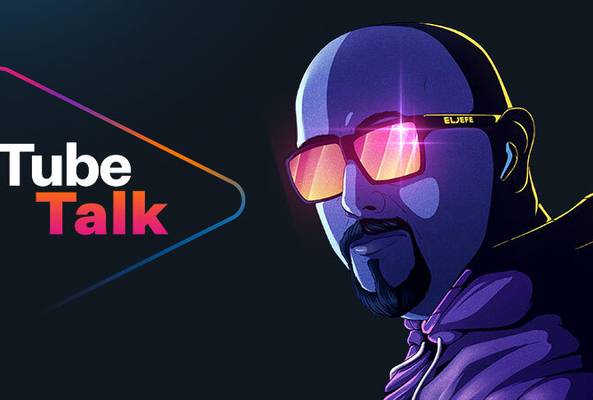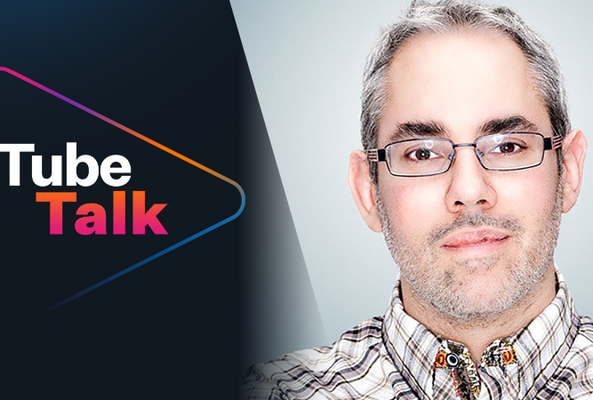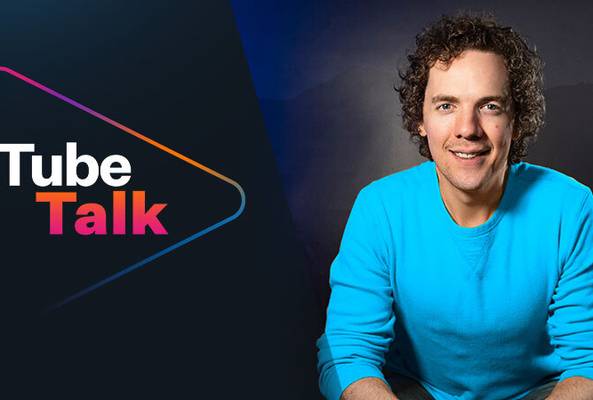Lydia Sweatt is a writer who loves balancing her article/blog time indoors with a healthy dose of nature. She bikes, hikes, and identifies edible plants along the way.
Matt Koval Shares More Creator Advice After Nearly a Decade at YouTube
JUMP TO SECTION:
- 1. YouTube Wants to Do What’s Best for Creators
- 2. YouTube Doesn’t ‘Promote’ Big Creators Exclusively
- 3. The Most Important YouTube Metric Isn’t a Metric at All
- 4. It’s True: YouTube Caters to Those in the Partner Program
It’s hard to understand YouTube sometimes. If you’re a creator, you probably have tons of questions that all start with the word “why.”
Stop Guessing. Start Growing.
Join 20M+ creators using vidIQ to get more views, subscribers, and success on YouTube.
Why does YouTube get rid of features we love?
Why does it keep the questionable ones?
Why is YouTube running ads on non-monetized channels?
You’ve heard this phrase elsewhere, but it applies here too: It’s just business. YouTube may be built on the foundation of “cool” creators, but it's still a for-profit business. It has to make tough decisions to survive, even while supporting the vloggers, teachers, and entertainers who make YouTube what it is.
In this episode of TubeTalk, Matt Koval tells us how YouTube operates. As a former YouTube liaison, he listened to creators’ grievances and shared them with YouTube executives. Koval also showed creators how to thrive on the platform with in-depth video tutorials. Before that, he was a creator himself back in 2008.
Ready to learn some things you don’t know about YouTube? Here’s what Koval had to say about the platform.
1. YouTube Wants to Do What’s Best for Creators
You might see YouTube as this big, faceless entity, but real humans work there and want you to succeed. They worry about everything, from how new tools affect creators to grievances surrounding monetization.
“I think creators often see this giant machine owned by Google – owned by Alphabet – and they don’t realize it's full of hundreds of caring, super nice, intelligent people who are trying to do the right thing,” Koval says.
Here’s an example: When YouTube removed the dislike counter from videos, creators were upset because they lost a signal for gauging value. They could no longer wonder, Should I watch this video? A lot of people dislike it.
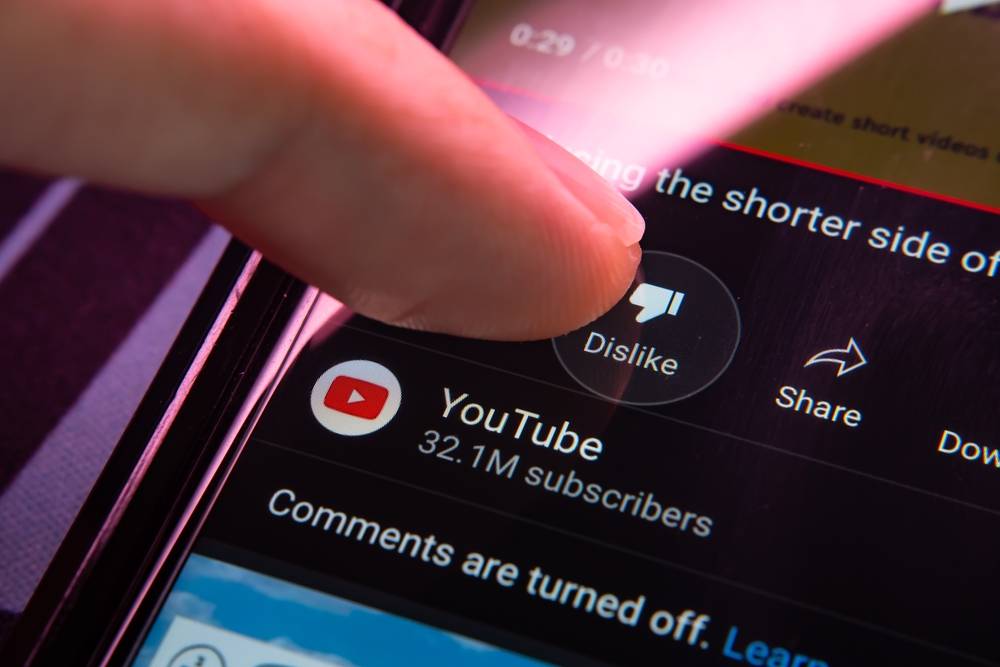
YouTube had to look past that and think of creators first. For example, some viewers weaponized the dislike button to punish channels they didn’t like. YouTube removed the button to eliminate mob mentality and keep everyone safe.
Koval’s advice: Trust YouTube, and have some empathy for the platform. YouTube is looking out for creators, even if that’s not always apparent.
2. YouTube Doesn’t ‘Promote’ Big Creators Exclusively
In his YouTube liaison days, Koval heard some complaints more than others. Sitting snugly at the top of that list was creators’ perception of mega channels. People with small audiences felt like YouTube favored the big stars, such as Jimmy Fallon and Stephen Colbert.
“The reality is that the more YouTube became legitimized in the world, those professional studios and networks and entities wanted to use it….You had professional comedians out there who’ve been doing comedy for years and are really funny,” Koval says. “You gotta give it to ‘em. Their videos would oftentimes outperform my videos as a comedian.”
Read More: 6 YouTube Myths That Won’t Help Your Channel Grow
YouTube doesn’t push big creators. Instead, viewers “vote” for what they feel are the best videos by watching them at higher rates. YouTube tracks those trends, and then it shares satisfying videos with people who might be interested. It’s really about viewer satisfaction.
Koval’s advice: Figure out your video format. Post your “rough draft” videos, analyze the results, and tweak your content to satisfy viewers.
3. The Most Important YouTube Metric Isn’t a Metric at All
We talk about YouTube channel analytics all the time. They’re great for analyzing your performance and making better videos, but did you know there’s something even more important?
According to Koval, this precious “thing” isn’t a metric at all. It’s actually your YouTube niche – the broad topic you address in your content.
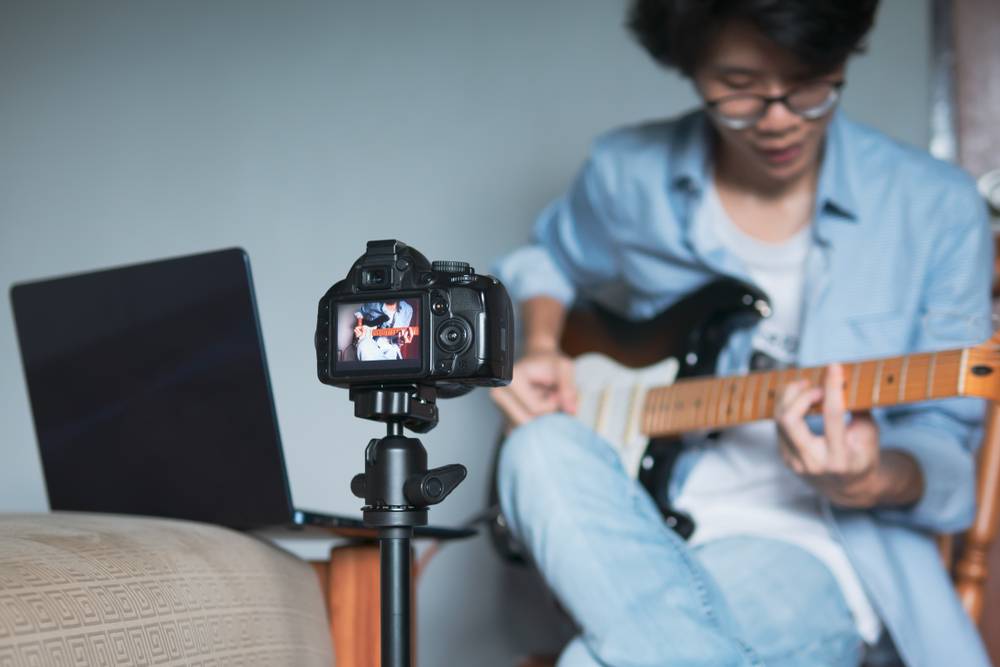
“You’ve got to pick something you are still going to love talking about five years from now,” Koval says.
Read More: How to Choose the Best Niche for Your YouTube Channel
Gaming is a popular niche, but that doesn’t mean you should start a Roblox channel to get more views. Before you do that, ask yourself if you even care about video games. Do you spend much time playing Fortnite, Roblox, Call of Duty – anything?
Koval’s advice: Don’t take the shortcut to channel growth. YouTube doesn’t work that way, and people can tell when your heart’s not in it.
4. It’s True: YouTube Caters to Those in the Partner Program
Don’t take this one personally, folks. YouTube is a business, and businesses survive when they have enough money. Since advertising dollars are a large chunk of that revenue, monetized creators – such as those in the YouTube Partner Program – are prioritized.
The advertising split on YouTube is 55/45, meaning creators get 55% of the revenue, and YouTube takes 45%. In 2021, YouTube made $28.84 billion in advertising revenue, and it probably wants to outpace that.
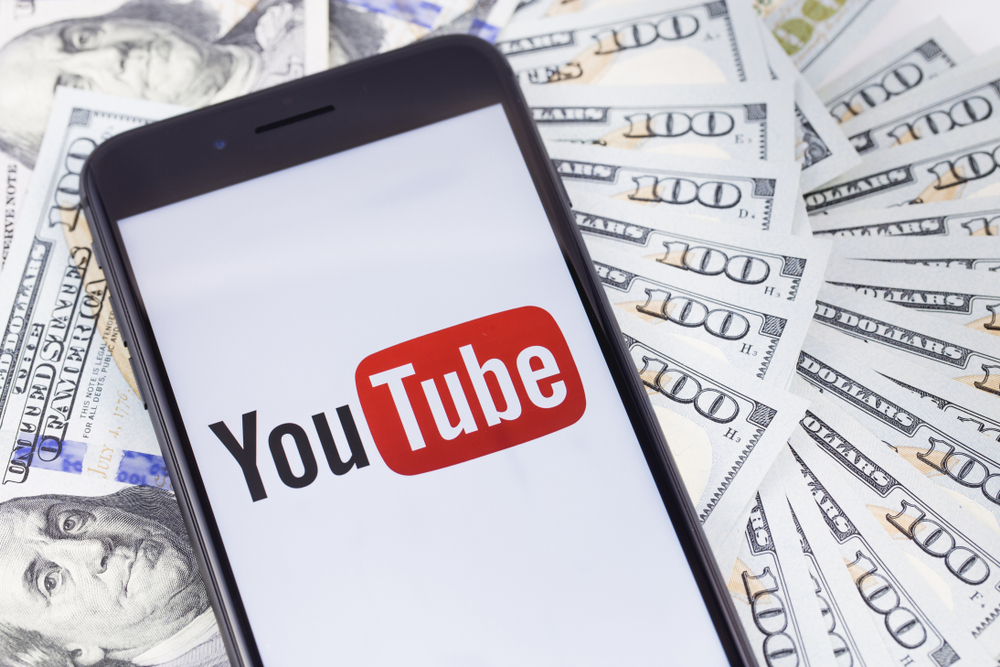
Regardless, we believe YouTube does care about small creators. The company might not be able to prioritize them on a large scale, but it tries to address their needs.
For example, you can tweet @TeamYouTube if you need a question answered. This team of real humans is highly responsive, and they work hard to demystify YouTube.
“Some people complain that some of the replies are canned responses, but keep in mind, they respond in 40 different languages around the world,” Koval says. “It’s a huge challenge, but they’re doing a great job.”
Koval’s advice: Try to understand that YouTube has to survive for creators to be there. No one wants creators to win more than YouTube because it’s the company’s entire business model.
Want to learn more about YouTube and how it works?
Here are six things the YouTube algorithm likes to see on creators’ videos.
20k+ 5 Star Reviews
Ready to put this into action?
Use vidIQ to find your next video idea, pick better keywords, and optimize every upload.

